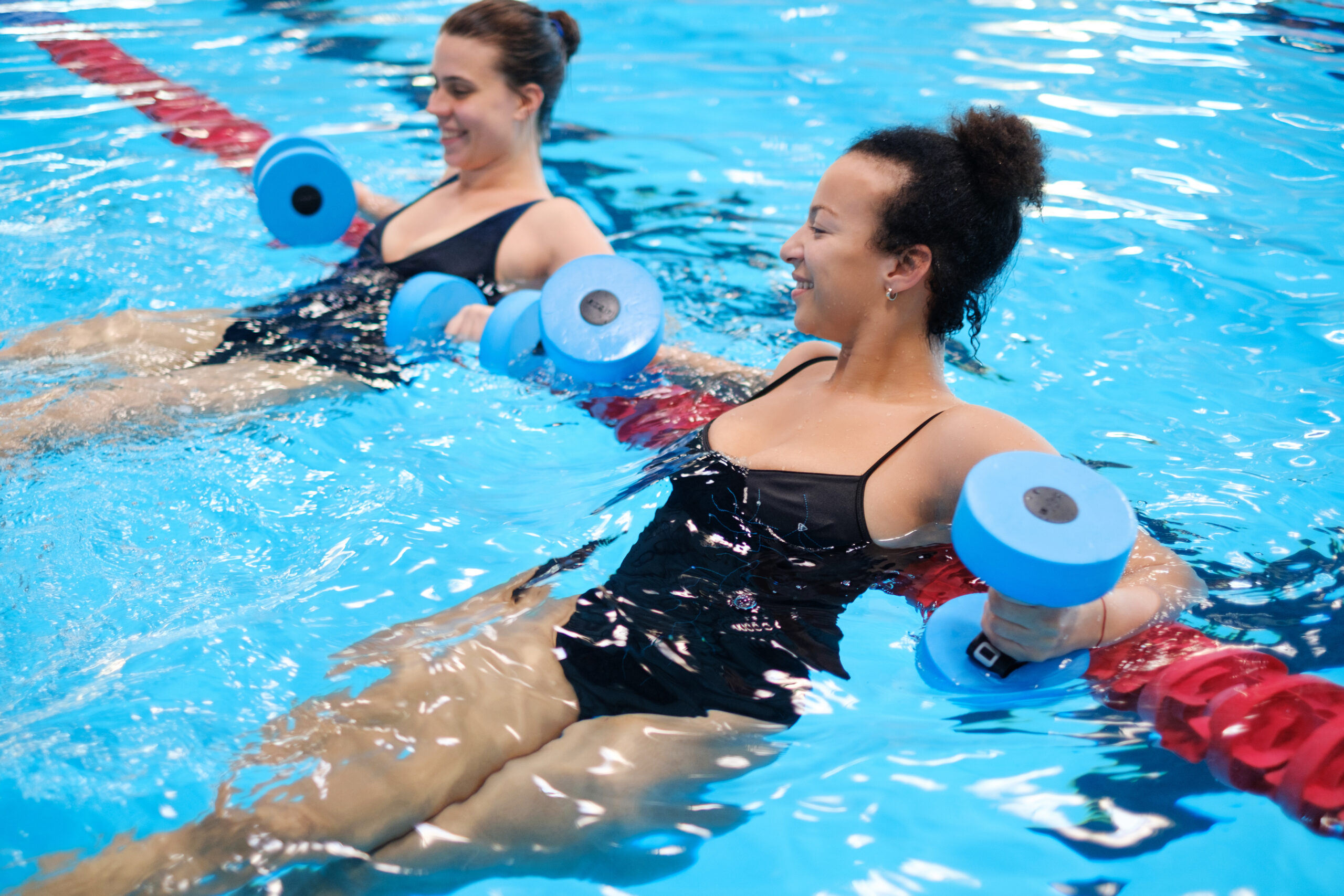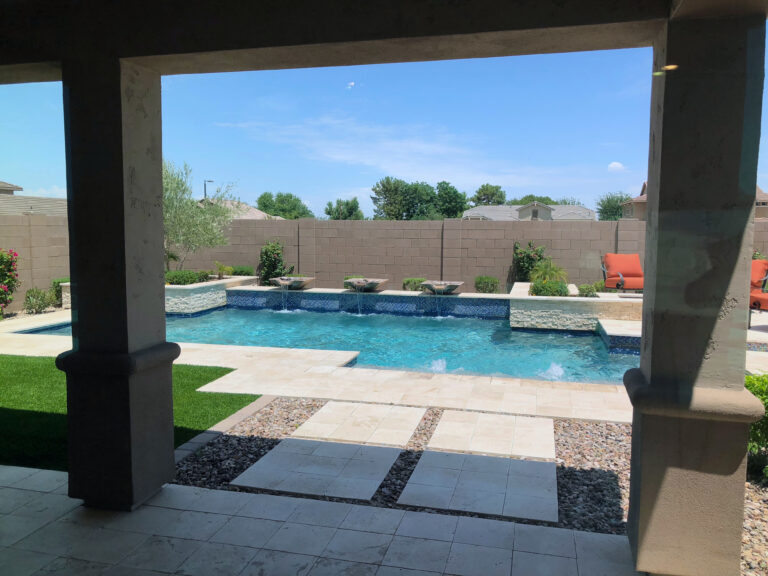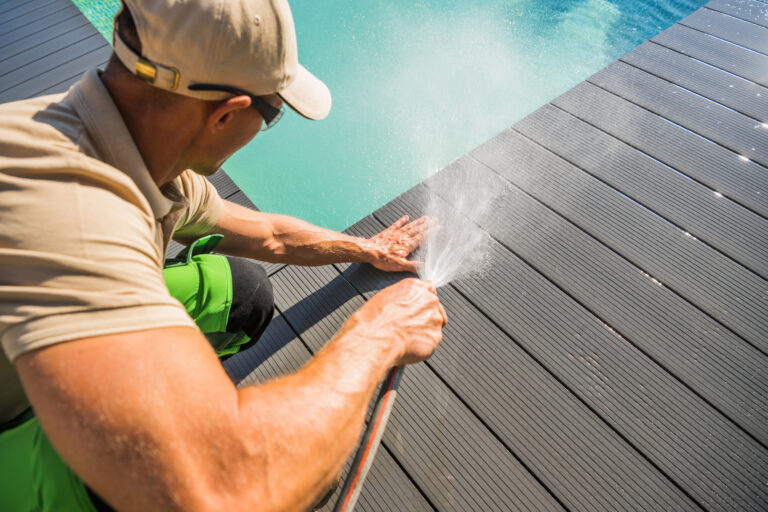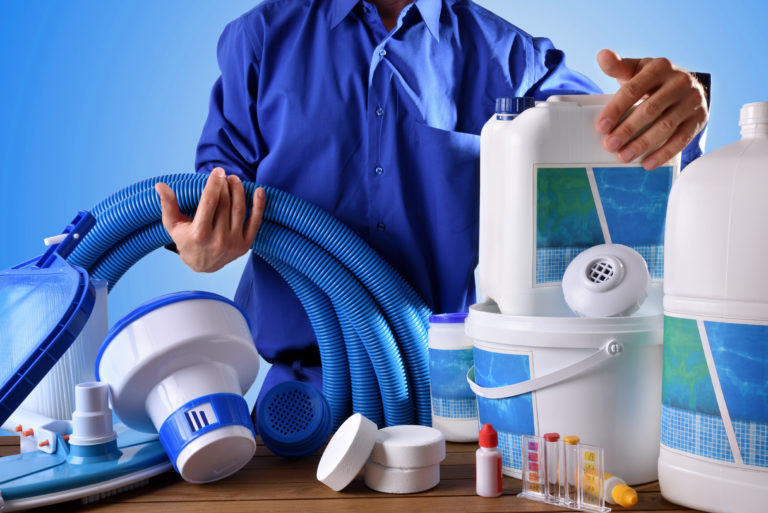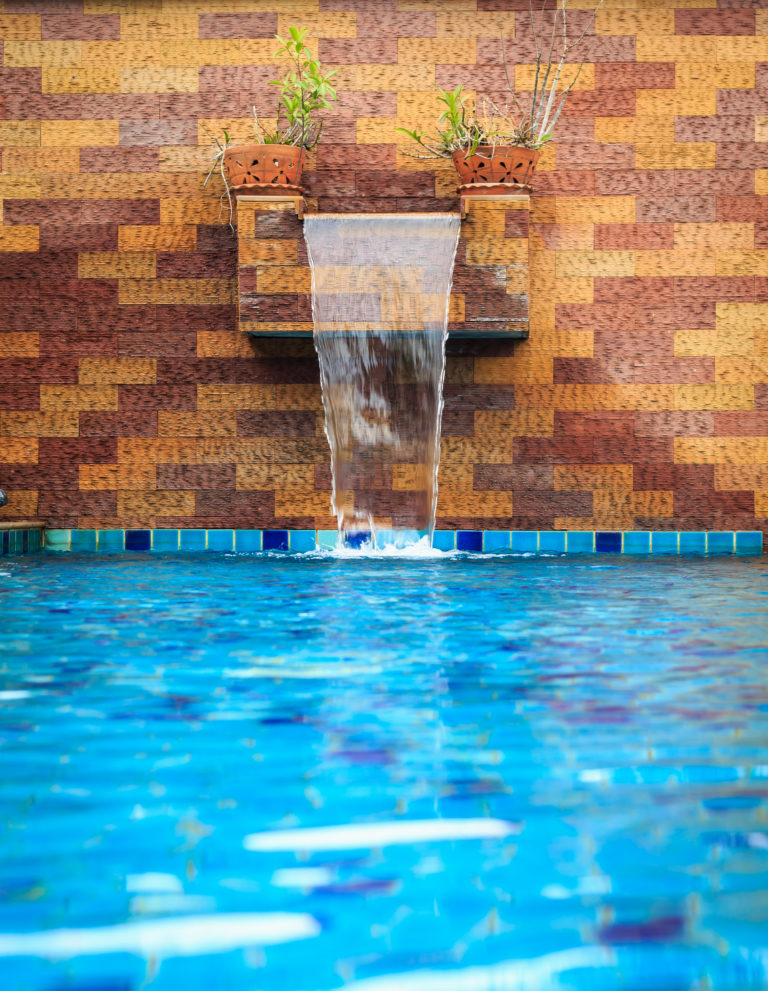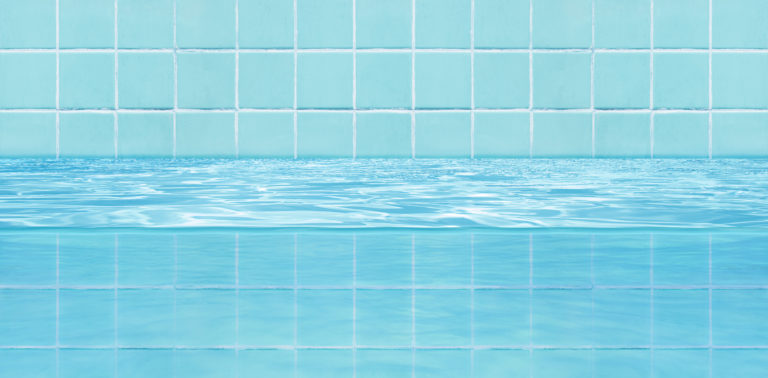Designing Pools for Therapeutic and Health Benefits
You’re keen on designing pools, but have you considered their therapeutic potential? Therapeutic pools aren’t just for relaxation; they can significantly impact health and wellness.
In this article, we’ll delve into the key design elements that make a pool therapeutic. You’ll grasp how temperature plays a role and understand crucial safety measures.
Prepare to be immersed in the innovative world of health-oriented pool design!
Understanding the Concept of Therapeutic Pools
You’ve got to grasp the concept of therapeutic pools before you can begin designing them for health benefits. Let’s start with a bit of therapeutic pool history, shall we? These specialized pools have been around for centuries, dating back to Roman times when they were used as baths to cleanse and heal the body. However, it wasn’t until the 20th century that their potential for rehabilitation was fully recognized.
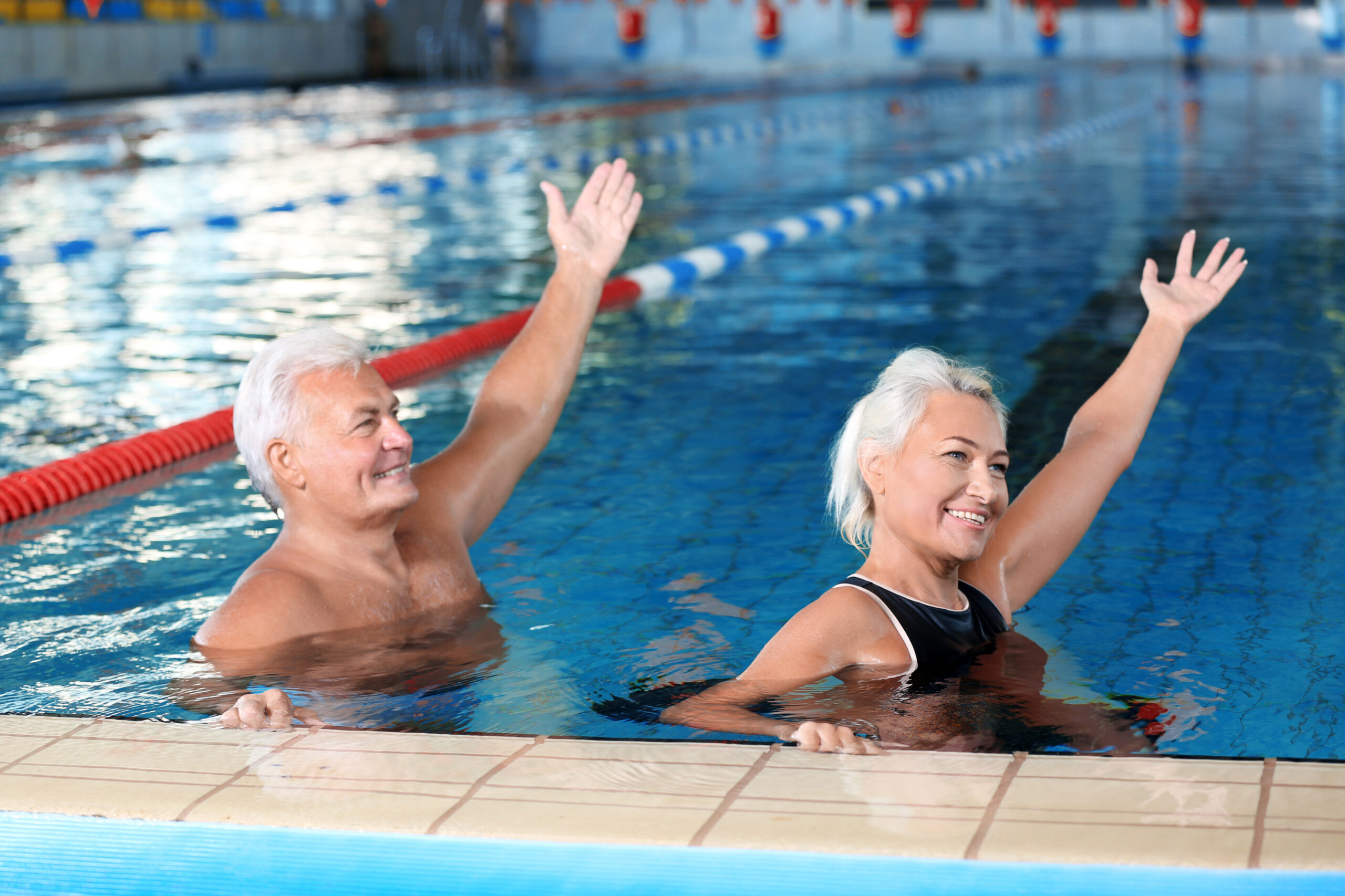
Pool therapy misconceptions abound though. Many folks believe it’s simply about floating around in warm water; they couldn’t be more wrong! It involves specific exercises designed by healthcare professionals to aid recovery from various conditions like arthritis, stroke or injuries.
The key feature of a therapeutic pool is its temperature – typically maintained between 92-96 degrees Fahrenheit which helps relax muscles and increase blood flow. The buoyancy reduces strain on joints allowing for easier movement while resistance provided by water enhances strength training.
Designing these pools isn’t a walk in the park either; it requires thorough understanding of its purpose and user needs. So before you jump into design mode, make sure you understand what makes a pool therapeutic in nature. Consider this your first step towards creating an effective healing space.
The Role of Hydrotherapy in Health and Wellness
It’s crucial to understand how hydrotherapy plays a significant role in promoting overall wellness and recovery. This therapeutic method has a rich history dating back to ancient civilizations, where natural hot springs were used for healing purposes.
The water buoyancy benefits of hydrotherapy are profound. They provide you with relief from pain and discomfort by reducing the pressure on your joints and muscles. This allows you to move more easily and engage in exercise routines that might be challenging on land.
Here are three key aspects of hydrotherapy:
1. Hydrotherapy History: From the Roman baths to modern day spas, water therapy has been utilized for centuries due to its effective healing properties.
2. Water Buoyancy Benefits: The buoyant properties of water ease stress on joints allowing for pain-free movement and stretching.
3. Versatility: Hydrotherapy isn’t just for rehabilitation; it’s also widely used in fitness programs, relaxation routines, and even by athletes for performance improvement.
So remember, whether you’re recovering from an injury or simply looking to boost your overall health, incorporating hydrotherapy into your regimen can prove beneficial.
Key Design Elements for Therapeutic Pools
When planning a hydrotherapy space, there are certain key elements to consider for maximum efficacy and comfort. One of these is pool lighting. You can’t underestimate the role of proper illumination in creating an environment that’s both safe and serene.
Good pool lighting enhances visibility, ensuring you can navigate the water without difficulty. Moreover, it sets the mood for relaxation, which is crucial in therapy sessions.
Water purity is another critical factor. You’re aiming for therapeutic benefits; hence, maintaining clean, pure water is non-negotiable. It’s not just about avoiding murky water that’s unpleasant to look at; it’s more about preventing health issues related to contaminated water.
Invest in high-quality filtration systems and regular cleaning routines.
Remember that designing a therapeutic pool goes beyond aesthetics or even functionality alone; it requires a holistic approach factoring in safety, comfort, health benefits, and overall user experience.
In essence, your goal isn’t merely to build a pool but rather to create a healing oasis where users can truly reap the rewards of hydrotherapy under optimal conditions. So pay attention to every detail, including pool lighting and water purity, as they’ll significantly impact the outcome.
Incorporating Accessibility Features in Pool Design
Don’t forget to incorporate accessibility features in your pool, making it user-friendly for all individuals regardless of their physical capabilities. Accessible equipment integration is a crucial aspect of this. You’re not just constructing a pool; you’re creating an inclusive space that caters to everyone’s needs.
Consider installing ramps and hydraulic lifts for easy access into the water. Remember, handrails are essential too, they assist those with mobility issues or older adults who need extra support.
Your attention shouldn’t only be on getting in and out of the pool, but also what happens inside the water. Adaptive swimming techniques become pivotal here. They’re not just about teaching individuals how to swim; it’s more about enabling them to move freely and confidently in the water irrespective of their physical limitations.
It might seem like a lot to consider, but don’t feel overwhelmed! It’s all about taking one step at a time towards creating an accessible and therapeutic environment in your pool. With careful thought and planning, you’ll find that these features can seamlessly blend into your overall design while significantly enhancing its usability.
The Science Behind Water Temperature and Therapy
Understanding the science behind water temperature and therapy is crucial, as it’s not just about comfort, but also how different temperatures can aid in various physical therapies. You’ve probably noticed how a warm bath soothes your muscles while cold water invigorates you. But have you ever thought about why?
Water buoyancy benefits come into play when we’re submerged. The water supports your body, reducing the strain on joints and muscles – an excellent advantage for aquatic exercise. Warm water relaxes muscles and increases blood flow, which is beneficial for those with arthritis or muscle strains.
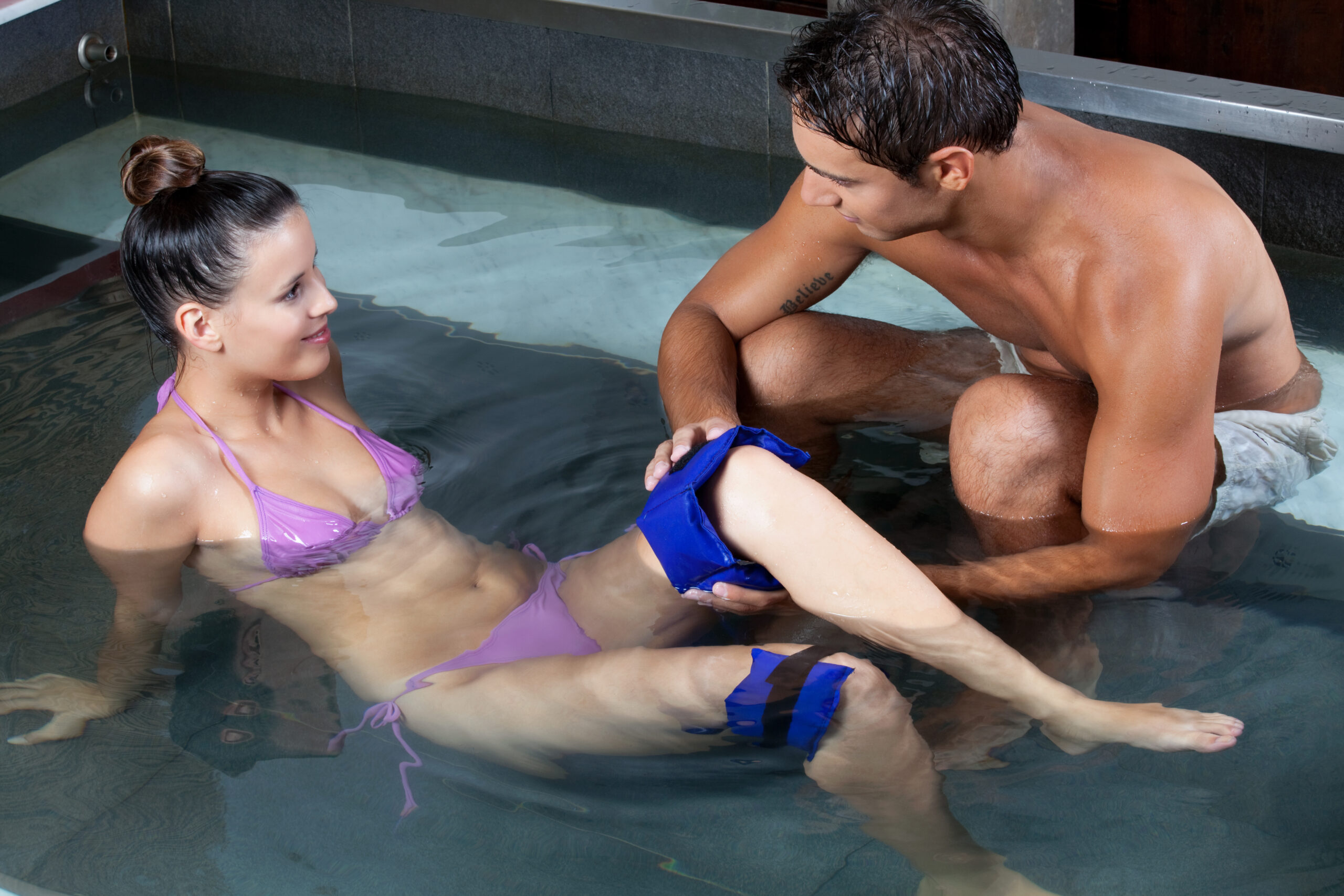
On the other hand, cooler water stimulates circulation and invigorates the senses, promoting quicker recovery after intense workouts. It’s a delicate balance to strike; too hot can lead to overheating while too cold might induce hypothermia.
So next time you take that plunge, remember that there’s more at play than just getting wet! Your pool isn’t only for leisurely laps or fun splashes; it’s a tool for health and well-being if used correctly. Dive in knowing you’re doing wonders for your body by simply adjusting the temperature!
Now go out there and enjoy all the aquatic exercise advantages that await!
Innovative Technologies for Health-Oriented Pools
You’ve delved into the science of water temperature and therapy, understanding how different temperatures can aid in recovery and wellness. Now, let’s propel you into the future of health-oriented pools with innovative technologies. Welcome to the world of ‘Smart Pools’ and ‘Aquatic Robotics’.
Imagine a pool that adjusts its temperature based on your therapeutic needs or a robot that helps you do aquatic exercises. Sounds futuristic? Well, it’s not! Advancements in technology have made this possible today.
‘Smart Pools’, as they’re called, are equipped with intelligent systems that monitor water quality, temperature, and more to provide an optimal healing environment. They can adjust their settings according to your specific requirements – making them ideal for therapeutic use.
‘Aquatic Robotics’, on the other hand, bring a whole new level of innovation to health-oriented pools. These robots offer guided exercise routines and therapies right inside the pool. They assist you in performing various water-based workouts accurately and consistently – enhancing your overall wellbeing.
So why stick to traditional methods when these smart options are available? Embrace these state-of-the-art technologies for your health-oriented pools and experience first-hand how they revolutionize aquatic therapy.
Safety Measures for Therapeutic Pool Designs
You’re about to dive into an important discussion on pool design safety standards and injury prevention measures for therapeutic pools.
It’s crucial to balance the healing benefits of these pools with a keen focus on safety.
Let’s explore how you can ensure safe designs that not only meet industry standards but also take extra steps in preventing potential injuries.
Pool Design Safety Standards
When designing a pool for health benefits, it’s crucial to adhere to safety standards. Don’t overlook drainage system considerations. A proper one prevents water from stagnating and eliminates potential hazards like slippery surfaces. It also keeps the pool hygienic, promoting overall wellness.
Lighting arrangements are another essential factor. You might think they’re just for aesthetics, but they’re actually key safety features too. Adequate lighting allows swimmers to see clearly while in the water and reduces the risk of accidents or injuries at night. So, make sure you install lights both inside and around your pool.
Following these standards ensures not only a safe swimming environment but also optimizes its therapeutic benefits. After all, you can’t relax if you’re worried about safety issues!
Injury Prevention Measures
In terms of injury prevention measures, it’s vital to include safety equipment like life rings and pool covers. This is not just about meeting standards, but ensuring the well-being of those using your facility for various rehabilitation techniques. Your responsibility extends beyond the water – make sure surrounding areas are slip-resistant and well lit.
Therapeutic pool maintenance plays an integral part in injury prevention too. Regular checks on water quality, temperature control, and equipment functionality can prevent accidents from occurring. An optimally functioning pool is safe for both you and your clientele.
So don’t overlook these aspects when planning your safety measures. They’re as important as the design itself in creating a secure environment conducive to healing and relaxation.
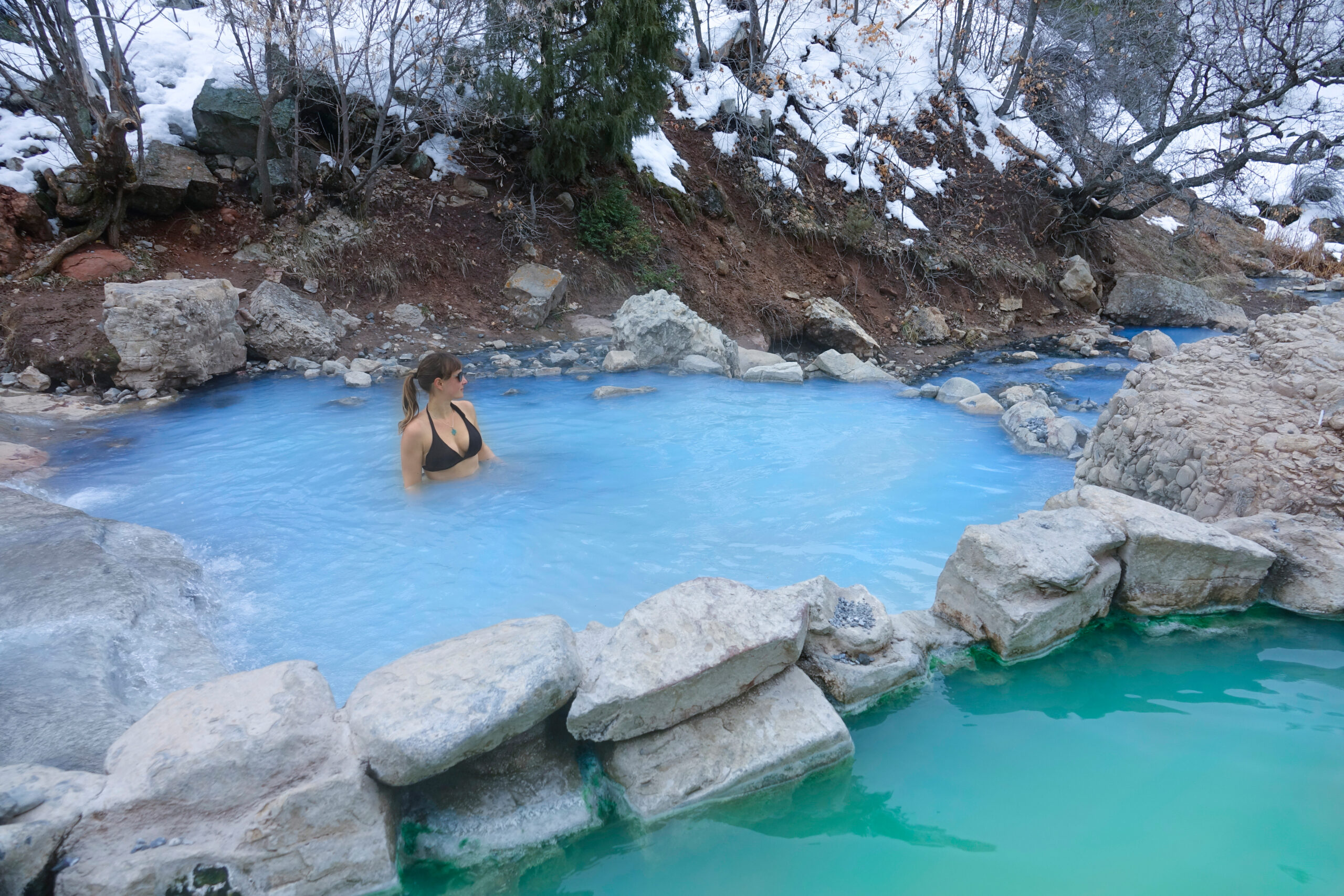
Case Studies of Successful Therapeutic Pool Designs
You’ve studied the safety measures necessary for therapeutic pool designs, now let’s delve into some real-world examples of these pools done right.
You’ll get an up-close look at some of the most notable therapeutic pool designs that have proven to be effective in delivering health benefits.
We’re also going to unpack the specific design elements that make these pools successful, providing you with a practical understanding of what works and why it does.
Notable Therapeutic Pool Examples”
Let’s take a look at some notable therapeutic pool examples that might inspire your next project. These designs blend healing architecture with aquatic aesthetics, making them not just functional but also visually appealing.
1. Warm Springs Rehabilitation Hospital Pool: This pool features adjustable depth and temperature control systems, allowing it to accommodate various therapy needs.
2. Stanford Children’s Health Lucile Packard Children’s Hospital Therapy Pool: Designed for children, this pool has colorful mosaic designs and gentle water jets to create a soothing environment.
3. Gundersen Lutheran Medical Center Therapeutic Pool: A stunning example of using natural light and views in its design.
Each of these pools incorporates elements of healing and aesthetics into their design, offering a haven for patients seeking relief through hydrotherapy.
Effective Design Elements
Effective design elements aren’t just about aesthetics; they’re crucial for ensuring a therapeutic pool’s functionality and user comfort. One such component is pool lighting. You’d be surprised how it significantly affects the ambiance, safety, and aesthetic appeal of your therapeutic pool.
Consider using LED lights – they’re energy-efficient and come in a variety of colors that can enhance both mood and visibility.
Your choice of materials also contributes to the aesthetic appeal. Opt for natural stones or tiles that are not only pleasing to the eyes but also provide a non-slip surface for safety. Remember, you’re creating an environment for relaxation and healing; make sure it’s inviting and soothing to all senses.
Balance function with design – it’ll make your therapeutic pool truly effective.
Future Trends in Therapeutic Pool Design
In the coming years, we’ll see an increase in innovative therapeutic pool designs tailored to individual health needs. You can expect green features incorporation and multi-sensory design elements to play a significant role.
Green features won’t just be about aesthetics; they’ll work towards promoting sustainability as well. Imagine pools equipped with energy-efficient systems, using solar power for heating or filtration plants that recycle water. You might also encounter natural swimming pools, utilizing aquatic plants for purification instead of chemicals–a clear nod to environmental consciousness.
As for multi-sensory design, think beyond visual appeal. In future therapeutic pool designs, tactile experiences will matter too. Picture textured surfaces aiding physical therapy exercises or temperature variations stimulating different muscle groups. Don’t forget the auditory component! Waterfalls or fountains could provide soothing background noise for relaxation sessions.
Furthermore, lighting will become more than a safety feature; it’ll serve therapeutic purposes too. Color-changing lights can create mood-enhancing environments perfect for stress relief sessions.
So brace yourself! The future of therapeutic pool design is teeming with innovations aimed at improving your overall wellness experience while upholding eco-friendly practices.
Frequently Asked Questions
What Is the Cost of Building a Therapeutic Pool?
The cost of building a therapeutic pool varies greatly. It’s influenced by factors like size, location, and design. Typically, you’d explore pool financing options to cover these expenses. Don’t forget about ongoing maintenance costs too.
Can Therapeutic Pools Be Constructed in a Residential Setting?
Absolutely, you can construct therapeutic pools in a residential setting. You’ll need to consider pool accessibility and the specific therapeutic pool design that best suits your health needs and home layout.
How Long Does It Take to Build a Therapeutic Pool?
You’re asking about the construction timeline for a therapeutic pool. Incorporating pool materials and accessibility features, it generally takes 6-10 weeks. However, customizations may extend this timeframe. It’s important to plan accordingly.
What Are the Maintenance Requirements for a Therapeutic Pool?
Maintaining your therapeutic pool involves consistent pool sanitization and monitoring water quality. You’ll need to regularly check pH levels, ensure proper filtration and frequently clean the pool to prevent bacterial growth.
How Do You Train Staff to Operate and Manage a Therapeutic Pool?
To train staff for managing a therapeutic pool, you’ll focus on pool sanitization and ensure they attain necessary staff certifications. It’s crucial they understand unique operational requirements to ensure optimal therapeutic benefits.

